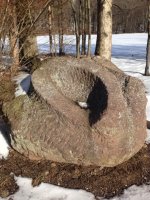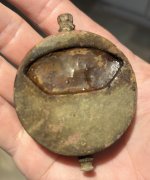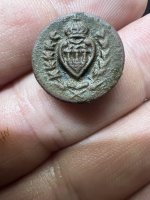divewrecks
Bronze Member
- Sep 7, 2004
- 1,038
- 24
- Detector(s) used
- Minelab Explorer SE (land), Aquapulse AQ1B (sea), Fisher CZ-20 (water, beach), Fisher 1266X (woods)
Can anyone refer me to any detailed written information on this find:
“Panama hoard,” lost ca. 1629 on the Camino Real trail in Panama
In the early 1990s the numismatic market began to hear about a massive find (tens of thousands) of early Potosí cobs (practically all 8 and 4 reales) in fabulous condition—in fact, totally uncorroded but with telltale orange clay on what were otherwise Mint State (or nearly so) surfaces. Soon this hoard took on many different names as the stories emerged: “Camino Real Trail hoard,” “Panama hoard,” and, curiously, “Mule Train hoard” (based on a rumor that the hoard was lost when a mule that was carrying the treasure fell over a cliff). The only thing that we know for certain is that the latest date on the coins in the hoard was 1629, which is when we presume it was lost.
This was from Frank Sedwicks web site: www.sedwickcoins.com
Stan
“Panama hoard,” lost ca. 1629 on the Camino Real trail in Panama
In the early 1990s the numismatic market began to hear about a massive find (tens of thousands) of early Potosí cobs (practically all 8 and 4 reales) in fabulous condition—in fact, totally uncorroded but with telltale orange clay on what were otherwise Mint State (or nearly so) surfaces. Soon this hoard took on many different names as the stories emerged: “Camino Real Trail hoard,” “Panama hoard,” and, curiously, “Mule Train hoard” (based on a rumor that the hoard was lost when a mule that was carrying the treasure fell over a cliff). The only thing that we know for certain is that the latest date on the coins in the hoard was 1629, which is when we presume it was lost.
This was from Frank Sedwicks web site: www.sedwickcoins.com
Stan



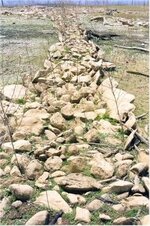
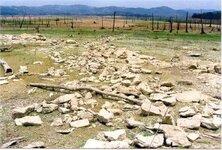
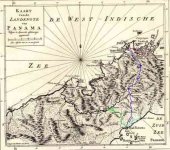
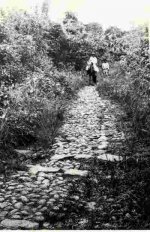
 They must have packed all those rocks in there to try and create a bottom and keep the mules from sinking in the mud. They look like they have been scattered by treasure hunters in the second pic.
They must have packed all those rocks in there to try and create a bottom and keep the mules from sinking in the mud. They look like they have been scattered by treasure hunters in the second pic.
